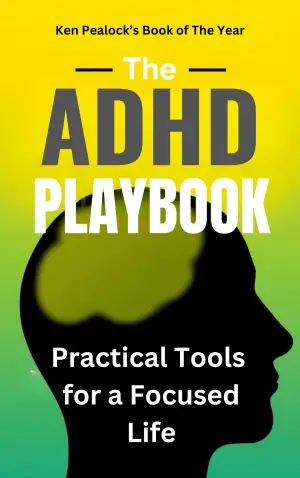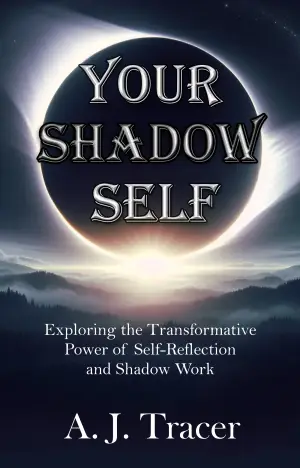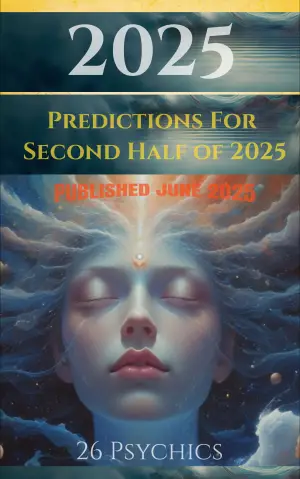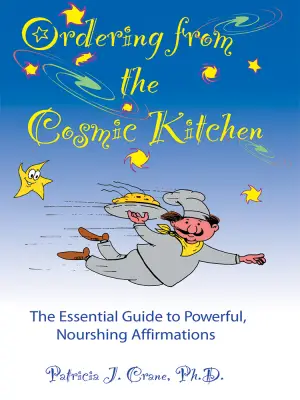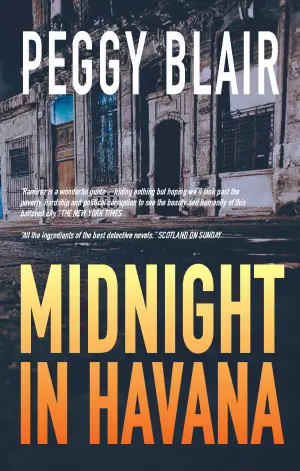A Journey Through Time: Reflecting on The Pillars of the Earth
As a devoted lover of fantasy and science fiction, I often find myself immersed in fantastical worlds filled with magic and adventure. This year, however, my quest for a truly transformative reading experience has been a challenging one. Despite my love for those genres, I kept hearing about a historical fiction novel that redefined what storytelling could be: The Pillars of the Earth by Ken Follett. After four years on my to-read list, I finally picked it up, and let me just say — it changed everything for me.
At first glance, the premise of building a cathedral in the fictional city of Kingsbridge seems simple enough. But as I turned the pages, I quickly realized that this was a narrative rich in themes of faith, survival, love, and the complexities of human relationships. Follett weaves a tapestry of characters whose lives intertwine through cataclysmic events that test their resilience and integrity. The cathedral is more than a mere structure; it symbolizes the collective ambition, dreams, and struggles of the people invested in its creation.
One of the most captivating aspects of Follett’s writing is his ability to create depth in every character. Tom Builder, Ellen, Jack, and Prior Philip — each has their own flaws and redeeming qualities, making them relatable and realistic. Philip’s moral dilemmas and Jack’s artistic passion pull you into their world, forcing you to ponder their choices long after you’ve read their stories. The characters evolve as the plot unfolds, and their relationships deepen, reflecting life’s unpredictable nature.
Follett’s pacing is another highlight; at 410,000 words, you might fear a plodding narrative. Instead, he skillfully maintains momentum, ensuring that every chapter feels essential—an important lesson for any writer. After facing a slew of fantasy novels that meandered through laborious subplots, this was a refreshing reminder of how impactful a tightly woven narrative can be. Every dialogue and interaction served to deepen my investment in these characters, elevating this historical epic above mere construction manuals.
The villains, like William Hamleigh, embody some of the most vile characteristics imaginable. Follett gives readers an unfiltered gaze into their minds, which creates palpable tension throughout the story. It’s one thing to read about good versus evil; it’s another to see how those evils operate so destructively within the world. This duality—of perhaps recognizing the best and worst in humanity—adds layers to the reading experience, prompting you to question what true morality looks like.
As I closed the book, I felt invigorated and alive, reflecting on how monumental constructions—both physical and emotional—come to be. Follett’s words echo in my mind: “Human beings have the capacity to rise above mundane circumstances and touch the eternal.” This sentiment resonates deeply, inviting readers to embark on their own transformative journeys.
The Pillars of the Earth is not for the faint of heart, but if you’re willing to confront the darkest aspects of human nature while appreciating the light that can emerge from it, then this book is for you. Whether you’re a fan of historical fiction or merely searching for a deeply engaging narrative, this tome is a must-read. I can’t wait to dive into its sequel, World Without End, and discover where Follett’s masterful storytelling will take me next!
Discover more about The Pillars of the Earth (Kingsbridge, #1) on GoodReads >>

